Each year, more than 1.2 million people travel to Amsterdam to visit the Anne Frank Museum. It’s where the Jewish teen and her family hid for two years, evading Nazi soldiers. It is also where Anne Frank penned her diary, cited in history books worldwide.
In an effort to make her story even more accessible, the museum has partnered on a new exhibit in Manhattan.
“For the first time people here in the United States can learn about Anne Frank in a new way through this comprehensive exhibition on her life which includes over 100 artifacts that are rarely if ever, on view in Amsterdam,” Ronald Leopold, executive director of the Anne Frank Museum, said.
Entitled “Anne Frank The Exhibition,” it is quickly drawing visitors to the Center for Jewish History on West 16th Street. Its opening coincided with International Holocaust Remembrance Day.
“The exhibition is a beacon. It’s a beacon of remembrance. It’s a beacon of education. It’s a beacon of awareness,” Leopold said. “It arrives at a very critical moment. We’re living at a time when antisemitism and other forms of group hatred on the rise.”
The exhibit is a full scale recreation of the Frank Family secret annex. There are also photos of Frank’s life from before the German occupation, and items discussing her time in camps, including Auschwitz.
Aside from the exhibit itself, there is also a school curriculum available. Thanks to a number of sponsors, school groups can visit the museum for free.
“We have secured over 350 schools already who have planned their visit to the exhibition. This is tens of thousands of school children who will make their way into this building,” Michael Glickman, founder of The Jewish Museums Project, which helped bring this exhibit to life, said.
“One of the things I think we need a greater need of more than ever is historical literacy, and historical understanding,” Gavriel Rosenfeld, president of the Center for Jewish History. “Facts in our present day social media age are routinely manipulated and distorted. And to be able to have an opportunity to present people with an historical narrative that comes as close to the truth as possible is really an important thing.”
“When students learn to identify hate, when they learn to confront it with empathy and critical thinking,” Leopold said. “They will become part of the solution. They gain the tools to build bridges in their communities and to champion justice and equality.”
The exhibit runs through April 30. There’s some additional programming available to the public.
For more information, visit annefrankexhibit.org.


_PKG_CC_Anne_Frank_Exhibit_NYC_133157307_4769?wid=320&hei=180&$wide-bg$)

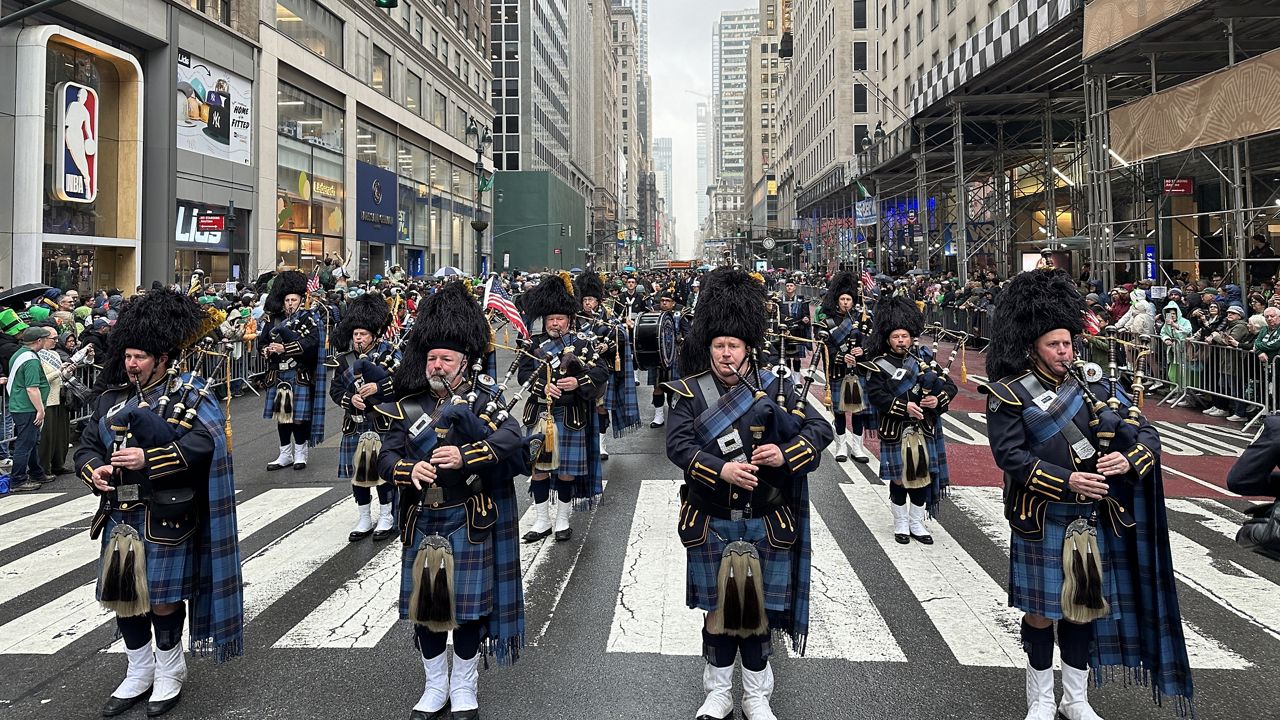
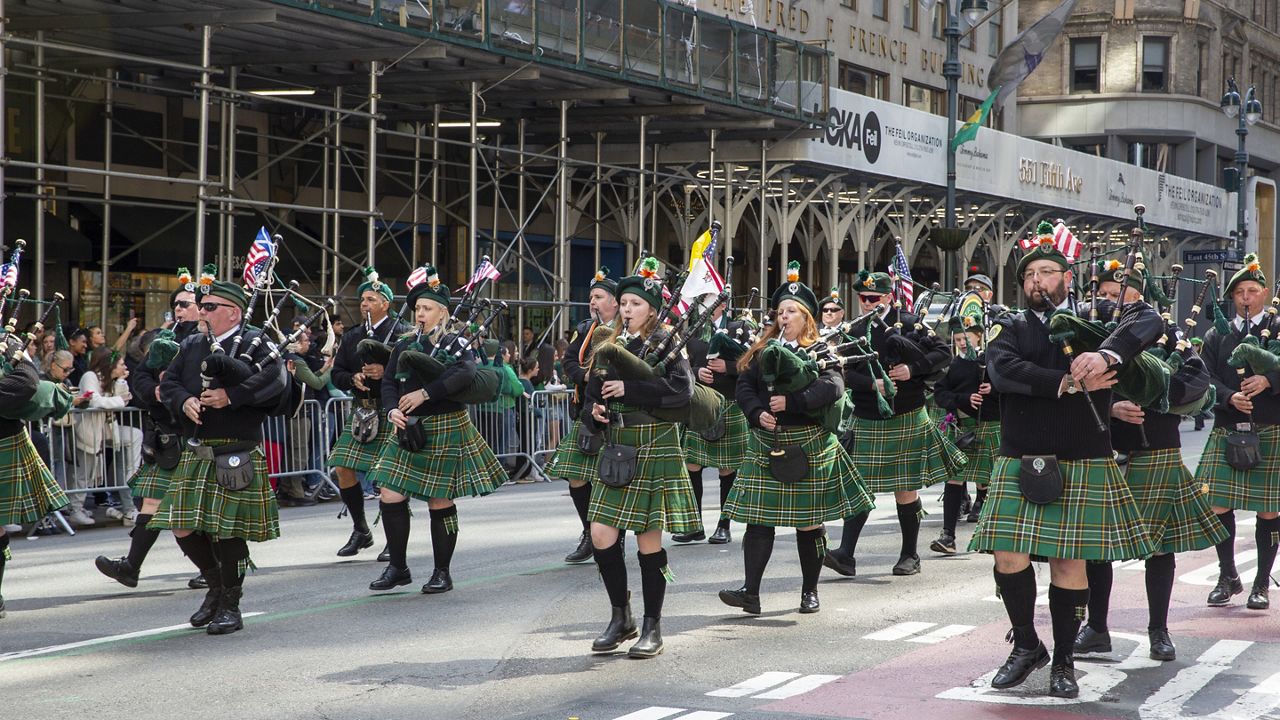
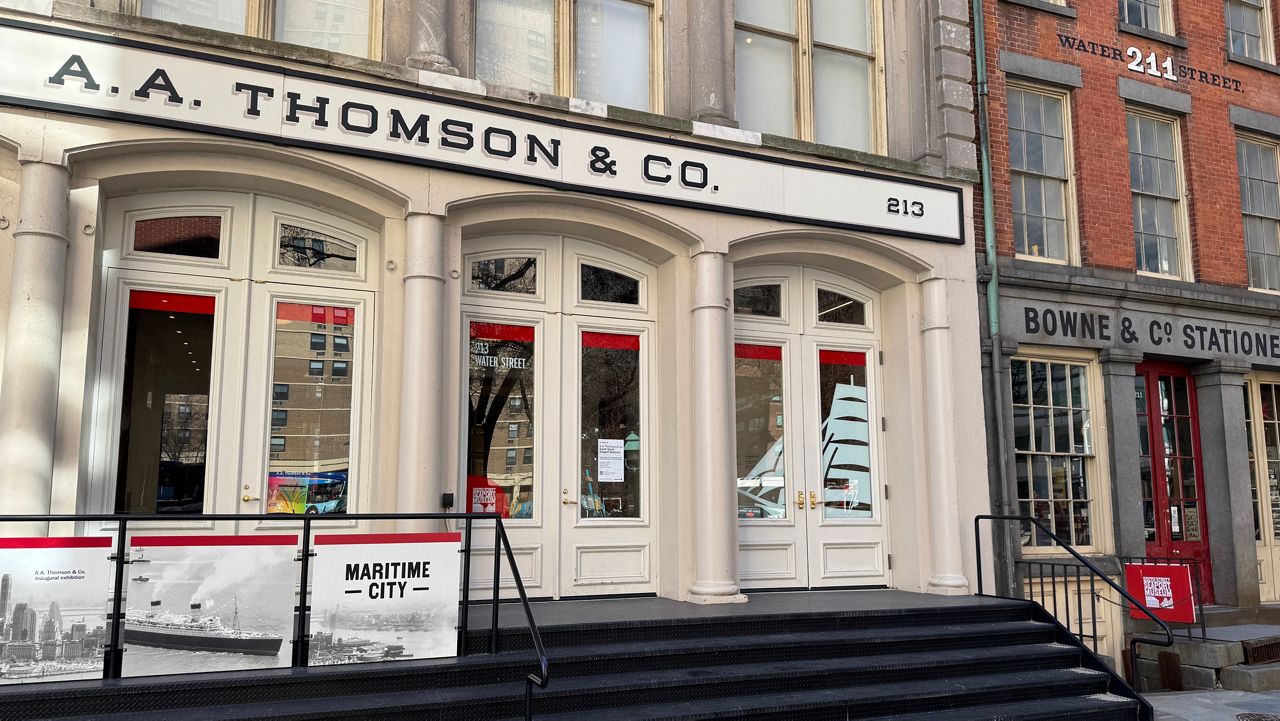
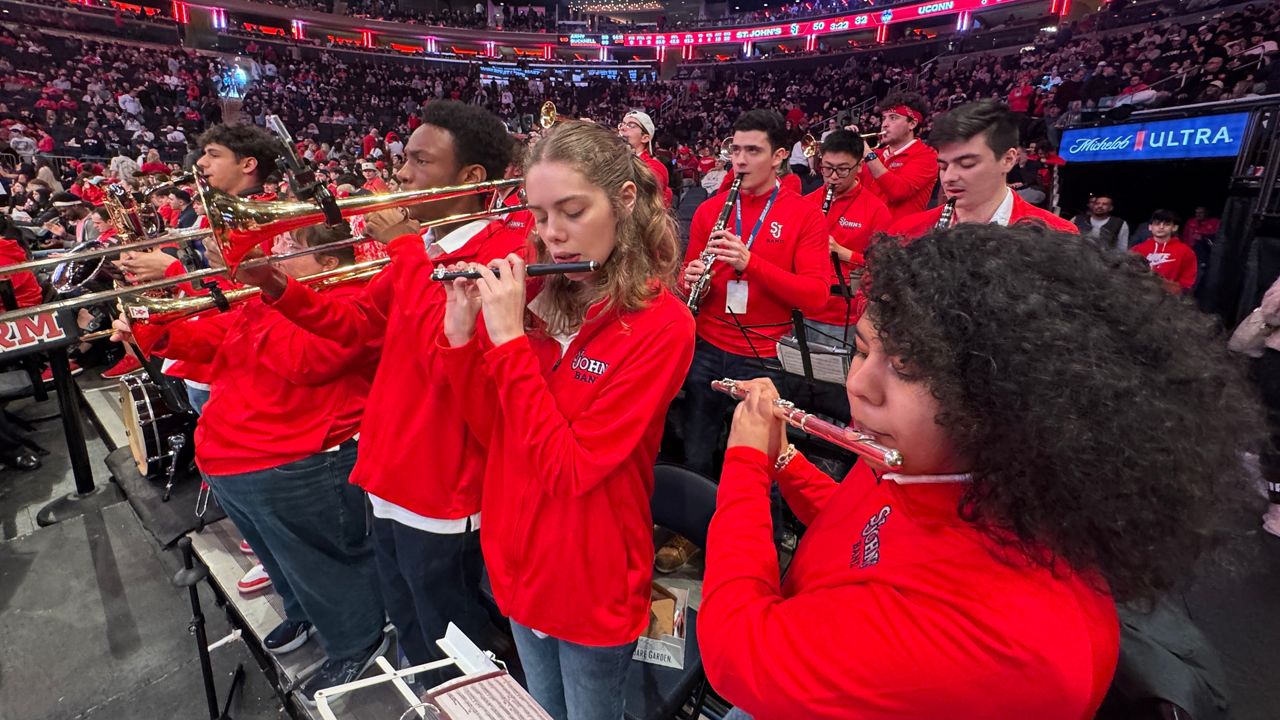
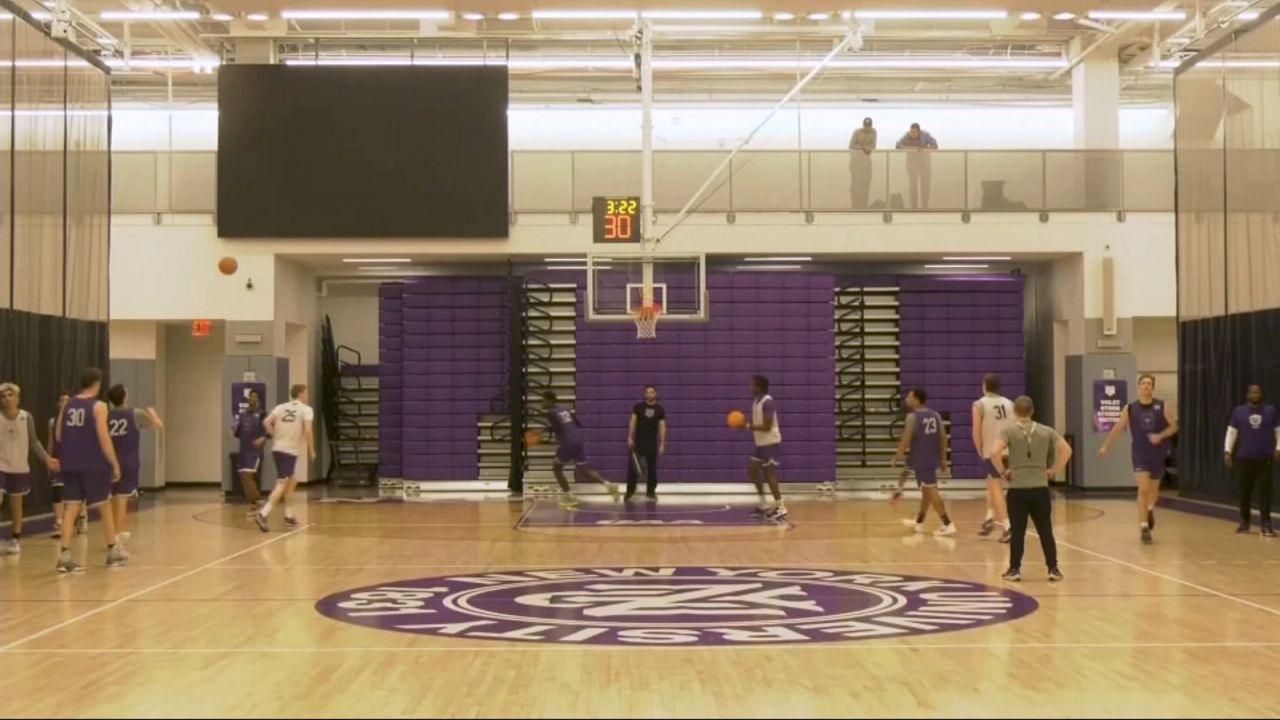
_PKG_Lunar_New_Year_Poster_133447602_2030)